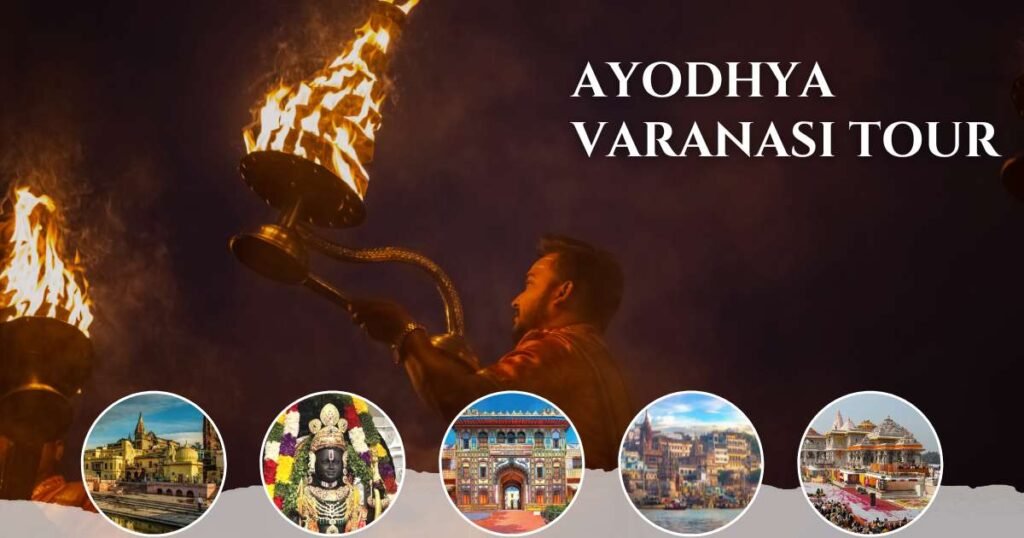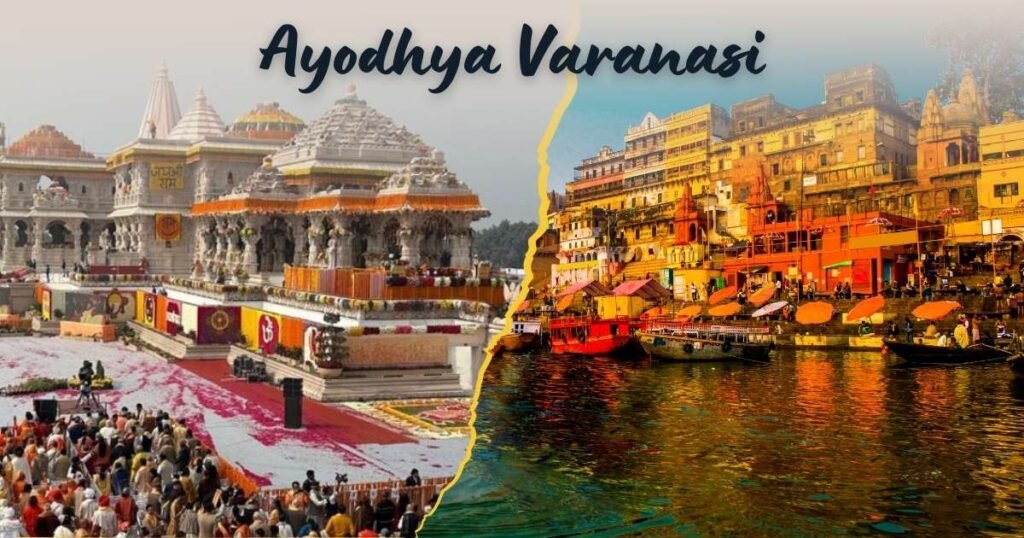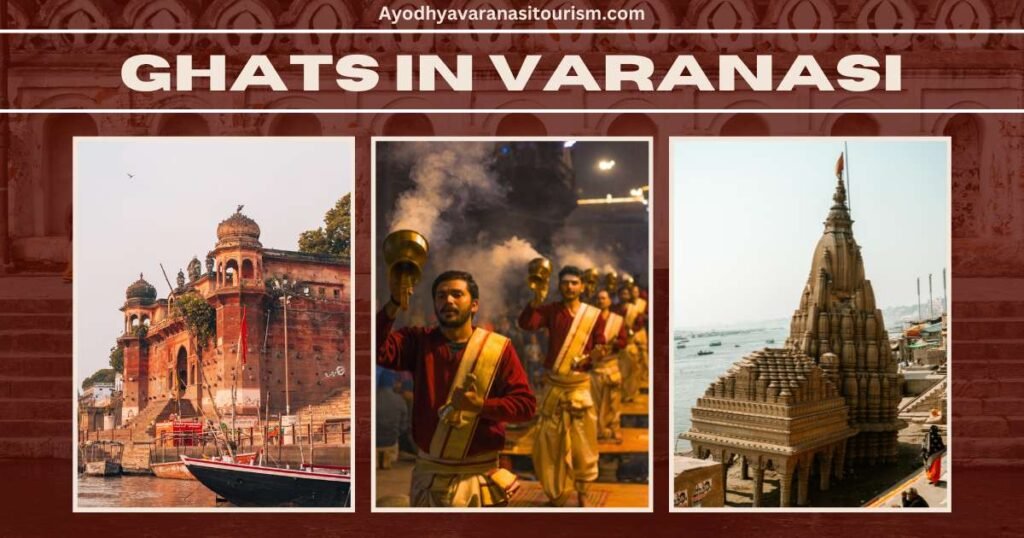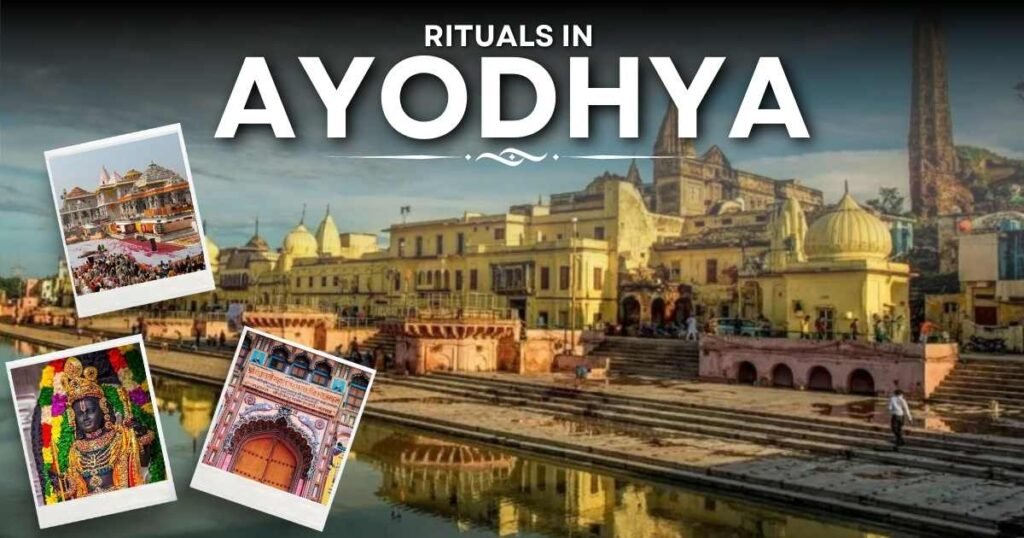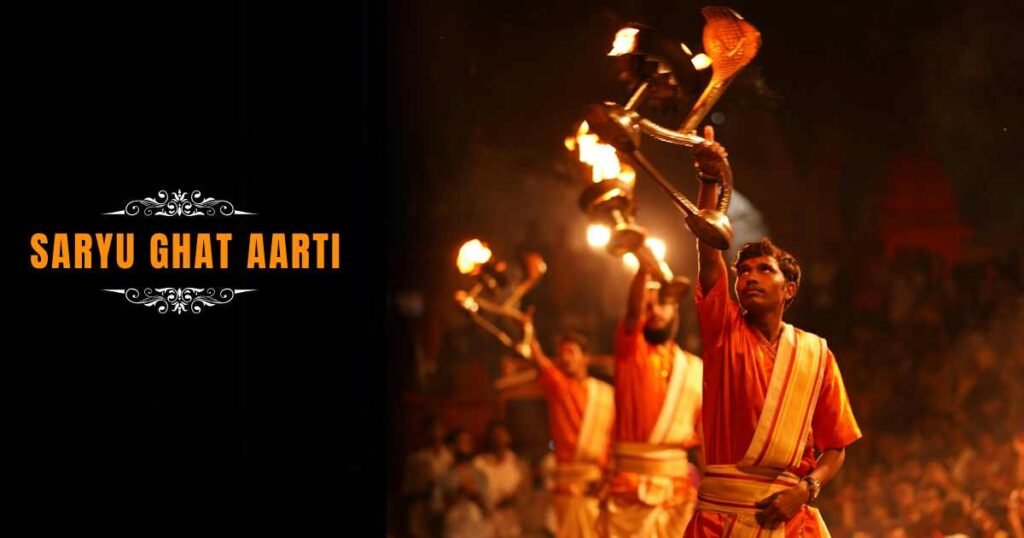Why Ayodhya Varanasi Darshan is a Must for Every Devotee is not only a claim; it is the quiet truth many travellers discover the moment the Sarayu breeze meets the Ganga’s chant and your own heart learns to walk a little slower than your feet. There was a time when journeys waited on bullock carts and long letters; today trains, flights, and apps are faster, yet the inner pace of faith stays the same—patient, attentive, grateful. You arrive with a plan, yes, but you receive something larger: a sense that the land itself remembers you.
Table of Contents
ToggleSpiritual significance of Ayodhya and Varanasi
To understand the Spiritual significance of Ayodhya and Varanasi, think of two lamps that light different rooms of the same home. In Ayodhya, the story is love, duty, and the tenderness of Shri Ram’s life—promise kept, truth protected, compassion practiced. In Varanasi, the current is liberation—Mahadev’s city teaching you that endings are only doorways and that every breath can be an offering. One prepares you to live rightly; the other teaches you to let go rightly. Between Sarayu and Ganga, you sense a complete circle: dharma and moksha speaking to each other like old friends.
You may come with many questions—work, family, health, decisions—but the towns answer in simple ways. Aarti bells along the river, a corridor of carved stone, the line that moves when a sevadar smiles; small signals tell you that grace is an ordinary visitor here and that you only need to make space for it.
Ayodhya Varanasi pilgrimage experience
The Ayodhya Varanasi pilgrimage experience begins the moment you decide to travel with attention. In Ayodhya, dawn feels like a soft vow: temple lamps blinking awake, bhajans rising from homes, the river asking for a quiet prayer before you speak to anyone else. You join the queue, feel the calm push and pull of people who have waited longer than you, and find that patience has its own fragrance. When you fold your hands before Ram Lalla, words scatter; the eyes remember more than the tongue can say.
In Varanasi, evenings turn the river into a sky of lamps. You hear a conch and understand why thousands sail from far corners just to stand still for a few minutes. The ghats become a staircase for your thoughts; the city, a classroom without walls. You walk narrow lanes, take a simple thali, offer a small diya, and realise the Ayodhya Varanasi pilgrimage experience is not a checklist—it is a slow change in the way you notice life.
Importance of Ayodhya Varanasi Darshan for Hindus
The Importance of Ayodhya Varanasi Darshan for Hindus rests on three anchors. First, continuity: when you come here, you stand in a long river of ancestors who travelled before you and you quietly pass the lamp forward to those who will travel after you. Second, clarity: Ayodhya reminds you how to live—truthfully, gently, bravely; Varanasi reminds you how to let go—of fear, pride, and hurry. Third, community: you discover that devotion is not solitary; strangers make space for you in the queue, a priest shares a mantra, a boatman tells you a story, and your own heart becomes kinder.
For many, this darshan becomes a personal turning point—habits feel lighter, priorities sharper, and the day starts with a little more gratitude than before. You return to the same job, the same city, the same deadlines, but the way you carry them changes.
What changes with time, what never changes
Roads get wider, corridors become smoother, and facilities improve; yet the essence stays the same. You still wake early, you still wait your turn, you still feel a silent conversation with the deity that no camera can keep. The aarti will end, the lamps will fade, the crowd will thin; and yet a small flame will stay with you—steady enough to light the next decision rightly. In this way, these cities teach you to be modern in travel and ancient at heart.
Planning gently: simple tips that serve you well
- When to come: Winter and early spring are kind to queues; festival days are beautiful but busy—arrive early.
- What to wear: Simple, comfortable, season-ready clothes; keep a shawl for cool mornings.
- How to move: Walk when you can; rickshaws and boats add charm and reduce stress.
- What to carry: A small bottle of water, ID, and the willingness to wait with a smile.
- How to behave: Follow sevadar guidance, keep phones silent near aartis, and leave spaces cleaner than you found them.
Small courtesies add up; they turn darshan from an event into a way of being.
A quiet two-day flow (use, edit, or ignore)
Day 1 – Ayodhya: Sarayu prayer at dawn → Ram Lalla darshan → pause for prasad and a simple meal → evening aarti by the river.
Day 2 – Varanasi: Early temple visit → walk a mid-morning ghat circuit → rest → sunset Ganga aarti by boat or ghat steps.
Keep time in your pocket; the best moments arrive when you are not rushing to catch them.
A note from Ayodhya Varanasi tourism
Our role is simple: to help you plan clearly so your mind is free to receive. Routes, timings, stays, and local guidance—handled with care—so you can focus on why you came. And when you return, write a line to yourself about what changed; even two honest sentences can become a lifelong compass.
FAQs — Ayodhya & Varanasi Darshan
1) What makes these cities different yet connected?
Ayodhya centres dharma through Shri Ram’s life; Varanasi centres moksha through Shiva’s grace. Together they form a whole: how to live well and how to let go well.
2) How many days do I need for a meaningful visit?
Two to three unrushed days can hold a morning aarti, one temple line without hurry, a ghat walk, and a quiet evening—enough to feel, not just see.
3) Is the Ayodhya Varanasi pilgrimage experience suitable for elders and children?
Yes. Choose central stays, start early, use rickshaws/boats for longer stretches, and rest often. Devotion grows when the body is comfortable.
4) What is the Spiritual significance of Ayodhya and Varanasi in daily life?
Ayodhya’s lesson is gentle duty; Varanasi’s is peaceful detachment. Practised daily, they turn routine into worship and stress into steadiness.
5) What is the Importance of Ayodhya Varanasi Darshan for Hindus today?
It renews identity and purpose: you touch a living tradition, carry home a kinder rhythm, and remember that faith is not noise but attention.





